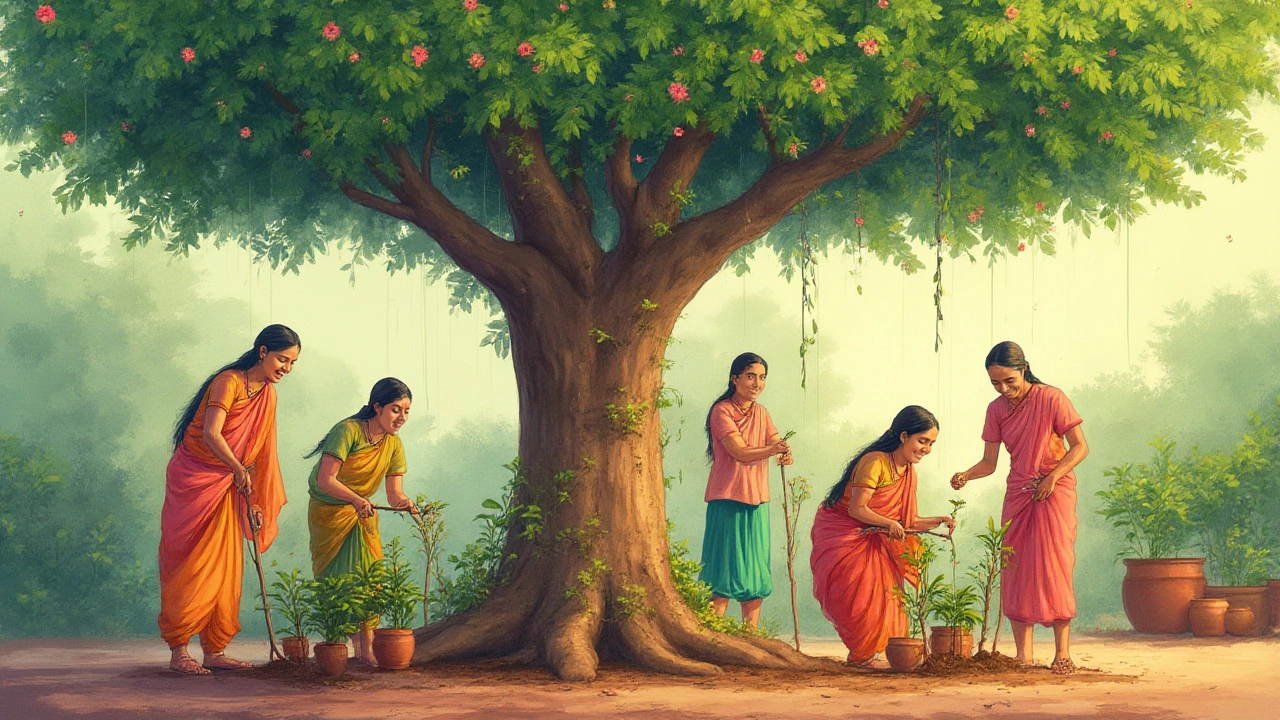Flowering Tree Species in India – Your Quick Guide
Thinking about adding a splash of colour to your backyard? Flowering trees are the fastest way to get big, bright blooms without crowding the space. In India we’ve got plenty of options that love our heat, monsoon rains, and even the dry plains. Below is a no‑fluff rundown of the best choices and how to keep them thriving.
Top Flowering Trees for Different Indian Climates
Gulmohar (Delonix regia) – The orange‑red fireworks of summer. Loves full sun and well‑drained soil. Works great in Delhi, Mumbai, and coastal regions.
Jacaranda (Jacaranda mimosifolia) – Lavender‑purple clouds that appear in late spring. Needs a sunny spot and moderate watering. Perfect for Pune and Bangalore.
Cassia fistula – Amaltas – Bright yellow pods and flowers that light up the garden in early summer. Tolerates poorer soils, making it a solid pick for dry zones like Rajasthan.
Bauhinia variegata – Orchid Tree – Pink or white blooms that look like orchids. Grows best in slightly acidic, well‑drained soil and does well in the Deccan plateau.
Magnolia champaca – Champa – Fragrant white or yellow flowers that fill the air in monsoon months. Likes humid, semi‑shade conditions, so it thrives in the Western Ghats.
Erythrina variegata – Indian Coral Tree – Bold red flowers that attract hummingbirds. Handles salty coastal breezes, making it a favorite on the Konkan coast.
Care Basics: Planting, Watering, and Pruning
Start with a hole twice as wide as the root ball and the same depth. Mix garden soil with compost or well‑rotten manure – this gives the young tree a nutrient boost. After placing the tree, backfill gently and water thoroughly to settle the soil.
During the first year, water the tree once a week if there’s no rain. Reduce frequency once it’s established; most Indian flowering trees can handle a dry spell of a few weeks.
Pruning is simple: remove dead or crossing branches in the dry season (usually November‑January). Light shaping after flowering encourages new growth and keeps the tree tidy.
Fertilize twice a year – a balanced NPK (10‑10‑10) in early spring and again after flowering. This fuels the next round of blooms.
Watch out for pests like aphids and scale insects. A quick spray of neem oil or a soapy water rinse usually does the trick without harming beneficial insects.
Finally, pick the right spot. Most flowering trees need at least 6‑8 hours of sunlight a day. If you live in a very hot area, give them a little afternoon shade to avoid leaf scorch.
With the right species for your climate and a few simple care steps, you’ll see a burst of colour that lasts for years. Grab a sapling, follow the basics, and enjoy the shade and scent of Indian flowering trees in your own yard.
Fastest Growing Flowering Trees for Indian Gardens: Top Picks and Tips
Curious about which flower tree grows fastest in India? Get real info, surprising facts, and gardener’s secret tips to pick, plant, and care for rapid-blooming trees in Indian gardens.
About
Flower Gardening
Latest Posts
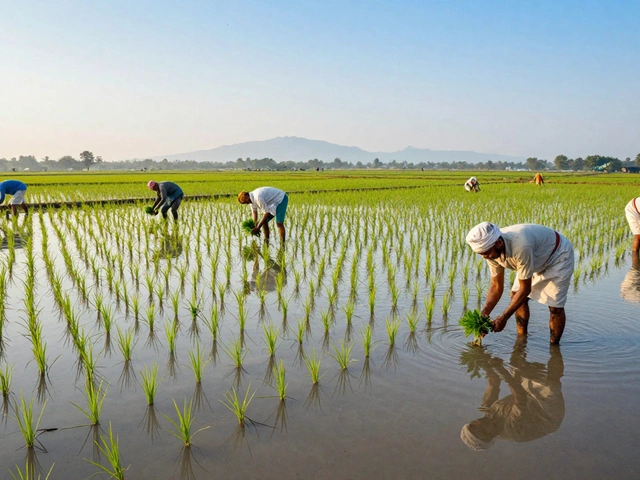
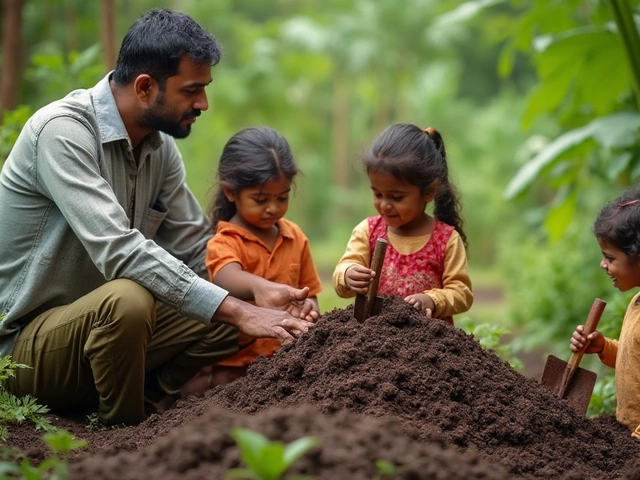
Mastering Organic Composting with Effective Activators
By Alden Thorne Jan 26, 2025
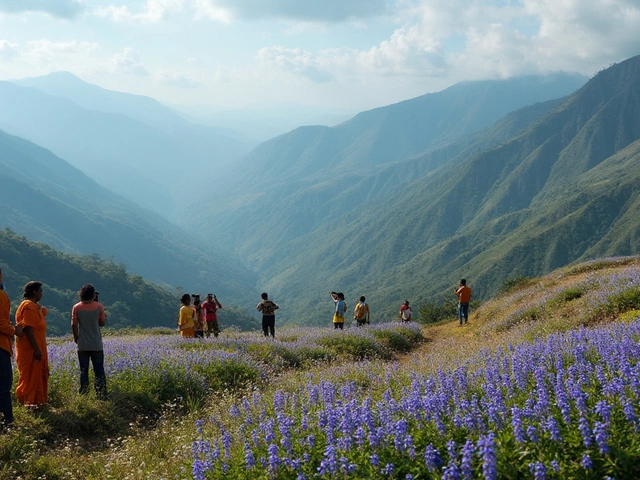
Rarest Flower in India: What Makes the Neelakurinji So Unique?
By Alden Thorne May 21, 2025
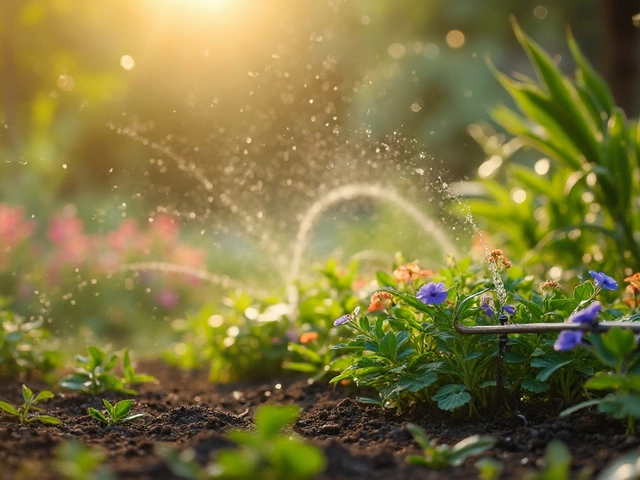
Dripper vs. Emitter: What's the Difference in Drip Irrigation?
By Alden Thorne Mar 26, 2025

